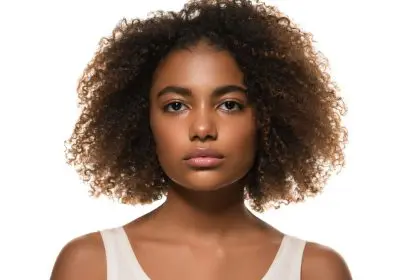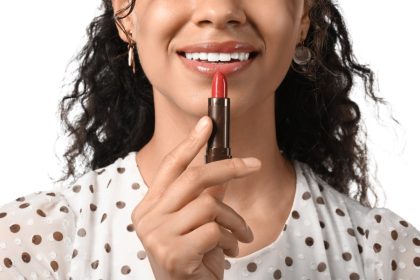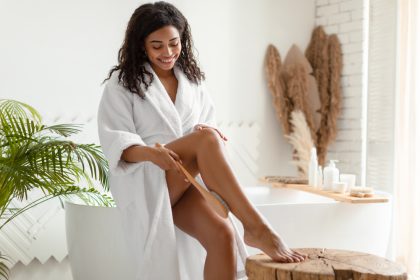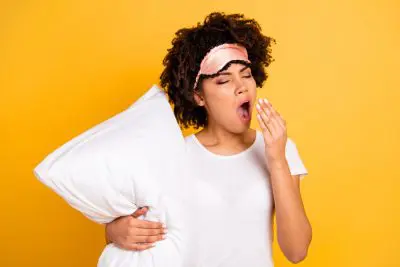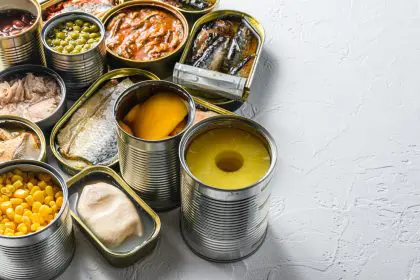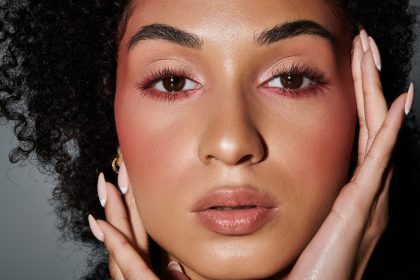Let’s be honest. That sleek, bouncy blowout feels like pure magic until you start noticing the split ends, breakage, and that crispy sound when you run your fingers through your once-silky strands. But before you lock your blow dryer in a drawer and surrender to air-drying forever, there’s something you should know.
You don’t actually have to choose between gorgeous styled hair and healthy locks. The secret isn’t tossing your beloved heat tools but changing how you use them. And no, we’re not talking about those same tired tips about heat protectant sprays that leave your hair feeling like it’s coated in plastic.
The truth about blow dryer damage nobody talks about
Here’s what’s really happening when you blast your hair with heat. Your strands contain moisture both on the surface and deep within the hair shaft. When you apply intense heat, water inside the hair cuticle turns to steam and expands, creating tiny bubbles that damage your hair from within. This process, called hygral fatigue, is what eventually leaves you with that frustrating frizz, breakage, and dullness.
But temperature is only part of the problem. The real villain might be how long you’re applying that heat and where you’re directing it. Most people hover over the same section repeatedly until it’s completely dry, essentially cooking their hair like a chef reducing a sauce. This concentrated heat exposure is what causes the most severe damage, not the tool itself.
The styling attachment you’re using matters tremendously too. That narrow concentrator nozzle might give you precision, but it’s also intensifying heat in a way that can scorch your strands if you’re not careful. And if you’re one of the many who ditched the attachment altogether, you’re basically asking for trouble.
The game-changing pre-drying technique that saves your strands
The single most important adjustment to your routine starts before you even pick up your dryer. Getting your hair to 60-70% dry before applying any heat dramatically reduces damage while actually improving your styling results. This isn’t just about patting with a towel.
Microfiber towels remove substantially more water than standard cotton without causing friction damage. Gently pressing sections of hair between the microfiber fabric pulls moisture away without the rough rubbing that leads to cuticle damage and frizz.
Even better, try the “plop” method. Flip your head upside down, place a microfiber towel on a flat surface, lower your hair onto it, then wrap and twist the towel around your head. This technique removes moisture while setting your natural wave or curl pattern, reducing the heat styling needed later.
For those with thicker hair, try the multiple-towel rotation. Keep three microfiber towels handy, swapping to a fresh one every 5-10 minutes while getting ready. This passive drying removes significant moisture without a single watt of heat.
The temperature secret professionals swear by
Contrary to popular belief, your blow dryer’s hottest setting isn’t necessarily your fastest route to dry hair. Medium heat applied with proper technique often dries hair more efficiently while causing substantially less damage.
The science is simple. Hot air can hold more moisture than cooler air, so it seems logical that hotter settings would dry faster. But extreme heat actually creates a barrier on the hair’s surface, essentially sealing moisture inside and prolonging drying time while increasing damage.
Professional stylists use a temperature progression that yields better results with less damage. Start with medium heat when your hair is damp, then reduce to low heat or cool air as your hair becomes nearly dry. This technique seals the cuticle, enhances shine, and locks your style in place.
For those with fine or damaged hair, consider avoiding high heat entirely. Modern dryers with ionic technology can dry effectively on medium settings because they break down water molecules more efficiently, not because they’re hotter.
The movement method that changes everything
The way you move your dryer might be your biggest problem. Holding it stationary is a guaranteed recipe for damage. Instead, keep your dryer in constant motion, never lingering on any section for more than a few seconds.
The professional approach uses a downward motion, following the direction of the cuticle to smooth and seal each strand. This isn’t just about damage prevention. It dramatically reduces frizz because you’re working with your hair’s natural structure instead of roughing up the cuticle.
Distance matters tremendously too. The blow dryer should never come closer than 6 inches from your strands. Any closer creates concentrated heat that quite literally cooks your hair. If you can feel the heat burning your scalp or fingers, you’re definitely too close.
Perhaps most importantly, dry your hair in sections. Proper sectioning ensures you’re not repeatedly going over already-dry portions, which is when the worst damage occurs. Use clips to divide hair into workable sections, starting from the bottom layers and working up.
The tools that transform your drying routine
Your brush choice significantly impacts heat exposure. Vented brushes allow airflow to pass through, reducing drying time and heat exposure. Ceramic brushes distribute heat more evenly than plastic versions, preventing hot spots that damage hair.
The nozzle attachment that comes with your dryer isn’t optional. It directs airflow precisely where needed, reducing overall drying time and preventing the scattered airflow that leads to frizz. Position it parallel to the hair shaft, not perpendicular, to smooth the cuticle rather than roughing it up.
For those willing to invest, a blow dryer with multiple heat settings and a cold shot button is essential. The cold shot feature drops the temperature instantly, allowing you to set your style without the extended heat exposure that older dryers required.
Diffuser attachments aren’t just for curly hair. They distribute air over a wider area, reducing direct heat while still removing moisture efficiently. For straight styles, use the diffuser for the initial drying phase, then switch to a concentrator nozzle only for the final styling.
The post-drying ritual that locks in health
What you do after drying matters almost as much as the drying itself. Applying a few drops of lightweight hair oil to the ends creates a protective barrier that prevents moisture loss and environmental damage throughout the day.
Satin or silk pillowcases reduce the nighttime friction that compounds heat damage. Unlike cotton, which creates resistance and can catch on damaged hair, smooth fabrics allow strands to glide, preserving your style longer and preventing breakage.
Perhaps counterintuitively, using dry shampoo strategically can actually reduce heat damage by extending the life of your blowout. Less frequent washing means less frequent heat styling, giving your hair valuable recovery time between sessions.
The weekly recovery system that reverses damage
No matter how careful you are, some heat exposure is inevitable. Implementing a weekly deep conditioning treatment replenishes the moisture and protein balance that heat styling depletes. Look for formulas containing keratin, which helps rebuild the hair’s internal structure.
Bond-building treatments work at a molecular level to repair the disulfide bonds broken during heat styling. Unlike surface conditioners, these penetrate deep into the hair shaft to restore structural integrity from within.
For a budget-friendly option, a DIY avocado mask with olive oil provides both deep moisture and fatty acids that help repair heat damage. Apply to damp hair, cover with a shower cap to trap body heat, and allow to penetrate for 20-30 minutes before rinsing thoroughly.
The bottom line on heat styling without the damage
You don’t need to break up with your blow dryer to have healthy hair. By adjusting your technique, using the right tools, and implementing strategic pre and post-drying care, you can enjoy the best of both worlds. Beautiful blowouts and healthy, resilient hair aren’t mutually exclusive.
The key is working smarter, not hotter. With these adjustments, you might find your hair not only suffers less damage but actually styles better and holds its shape longer. And that’s the real secret professional stylists know, heat is just one factor in a successful style, and often less is more when it comes to creating those enviable, bouncy looks that turn heads.
Your hair’s natural beauty comes from its health, not from how much heat you apply to it. By respecting its structure and working with it rather than against it, you create styles that not only look better but last longer, with none of that tell-tale heat damage that undermines even the most carefully crafted look.


